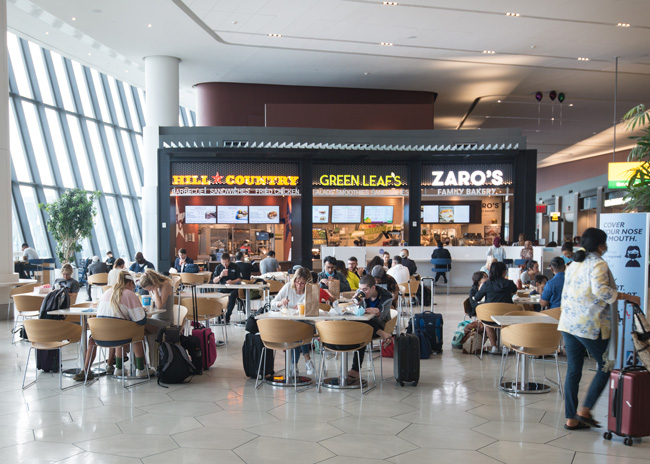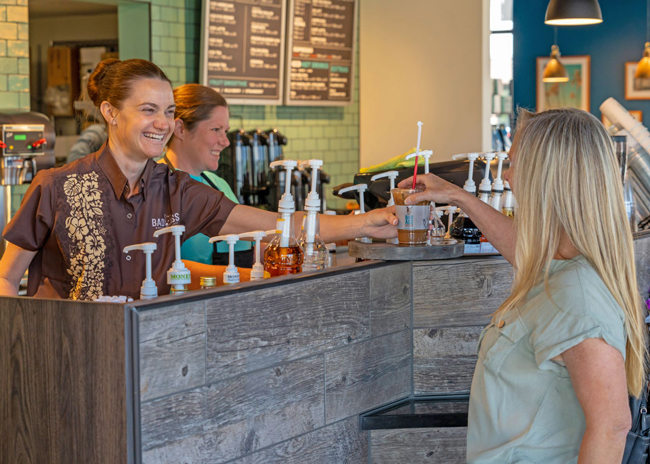Value engineering is not a dirty word. In the world of responsible project management, it’s a necessary part of the equation. One key aspect to keeping the value in value engineering is taking a proactive approach instead of a reactive one. In this article two seasoned designers and a restaurant operator share their value engineering experiences.
If you missed rd+d’s webcast on value engineering, I encourage you to find an hour, grab a beverage and sit down to give the free archived version a listen. No matter what aspect of restaurant development and/or design you’re involved in, chances are pretty good that value engineering touches your work. It’s integral to virtually every project.
But, according to our webcast panelists, traditional approaches to value engineering often ignore the value part of the equation. They’re reactive (e.g., late-stage substituting and cost cutting when budgets are exceeded) versus proactive (e.g., holistic, collaborative efforts driven by goals, objectives and budgets from the early stages of a project).
Between them, Steve Starr, chief at starr design in Charlotte, N.C., and Frank Cavanaugh, principal and senior designer at Aria Group Architects in Oak Park, Ill., have more than 50 years of experience in design and build-out projects for a diverse range of restaurant clients and concepts. They’d never met each other before signing on to do the webcast and, as we began discussing content and direction they were both pleasantly surprised. It was the first time either designer had come across someone else in the industry that shares his views on and approaches to value engineering. After hearing them articulate those views and discuss why a pro-active, collaborative take on value engineering is so important, I have to believe it’s the right way to go.
“Most people view value engineering as a reactive process, pushing the design envelope as far as they can in a complete vacuum until that envelope breaks. Then they go backwards, cutting costs to get the project to fit into the budget,” Starr says. “We have found over the years that that is quite possibly the worst way to go about designing a restaurant. Rather, we take the approach of developing a process from the very beginning of the project. It reconciles the owner’s objectives with the budget, develops that budget model and refines it as we go through the project and make design decisions so that we don’t end up in the end with an, ‘Oh no!’ moment where we have to go back and make dramatic changes and compromise the design intent or the owner’s design objectives.”
Understanding those objectives from the very beginning of a project is critical, Cavanaugh adds. “Often times, we (as designers) don’t really have a distinct budget but we have to have a clear idea of what the client’s goals and objectives are. For us, value engineering is all about making decisions that provide the client with the best chance to achieve their goals and objectives through a pragmatic analysis of their budget and where that will place them. Once we understand the budget and where they want to go, then we can define the intermediary steps to get there.”
Check out the webcast for more insights from both pros on their specific approaches to value engineering, cost-saving tips and instructive examples from recent projects.



